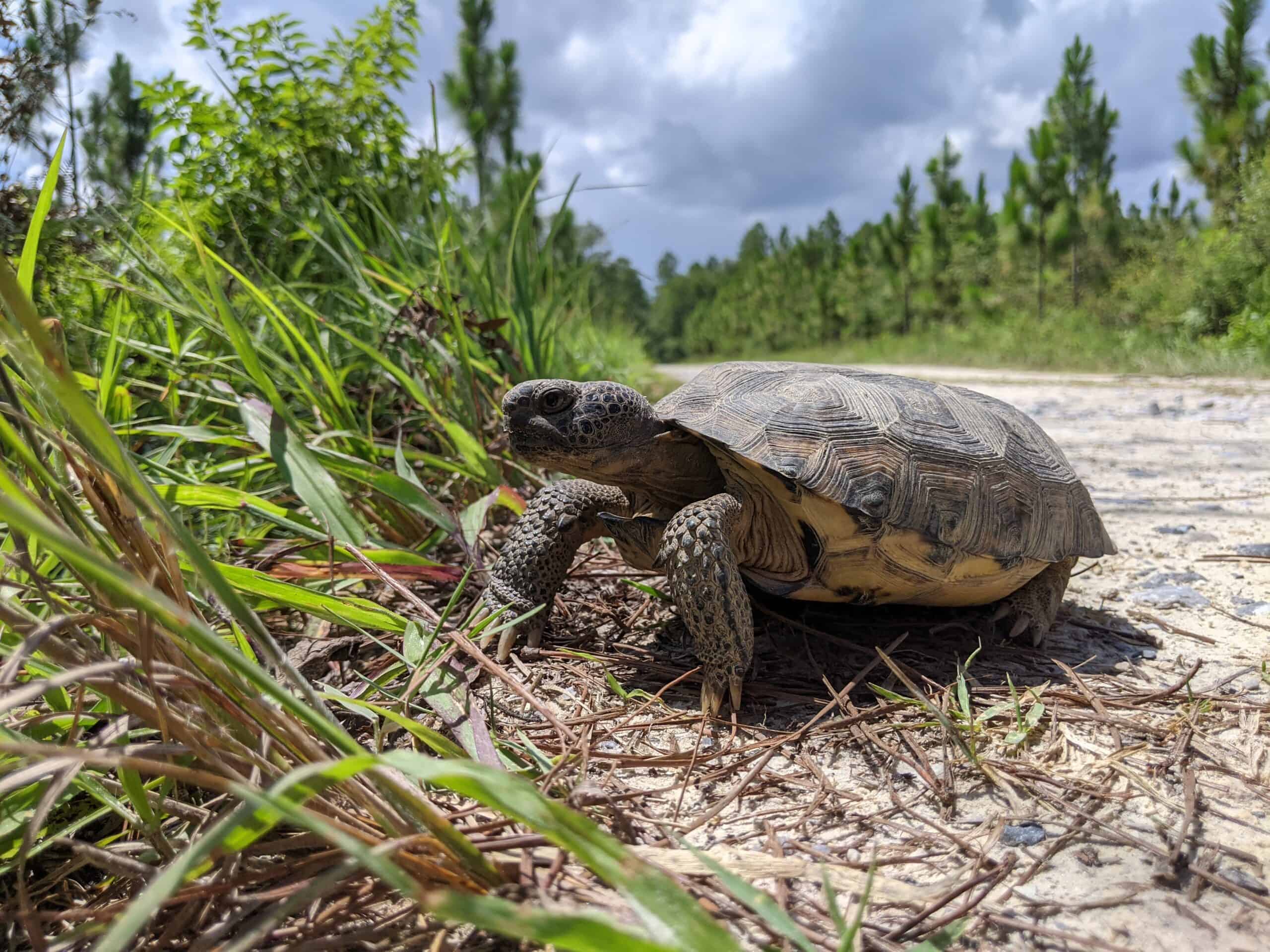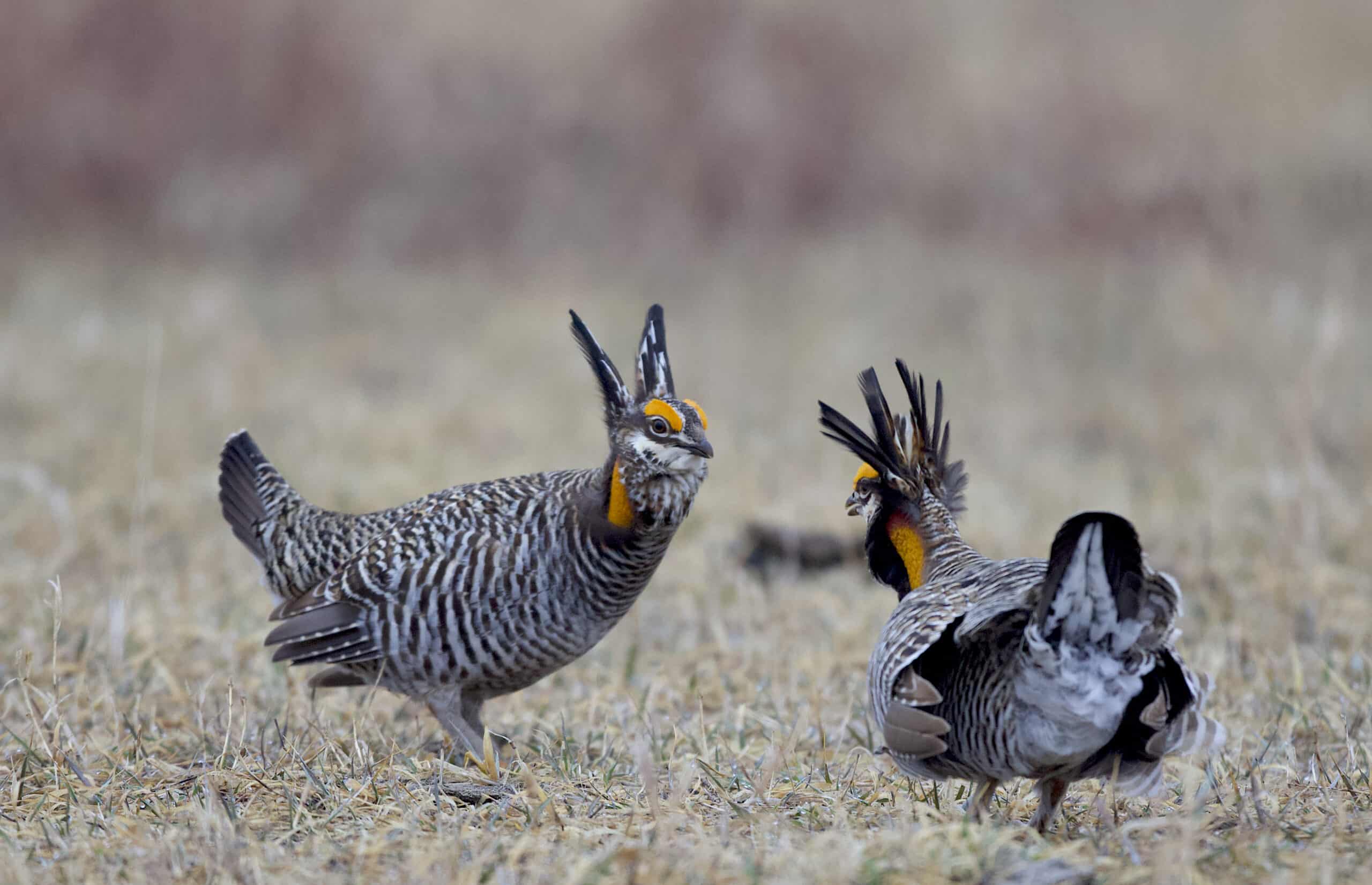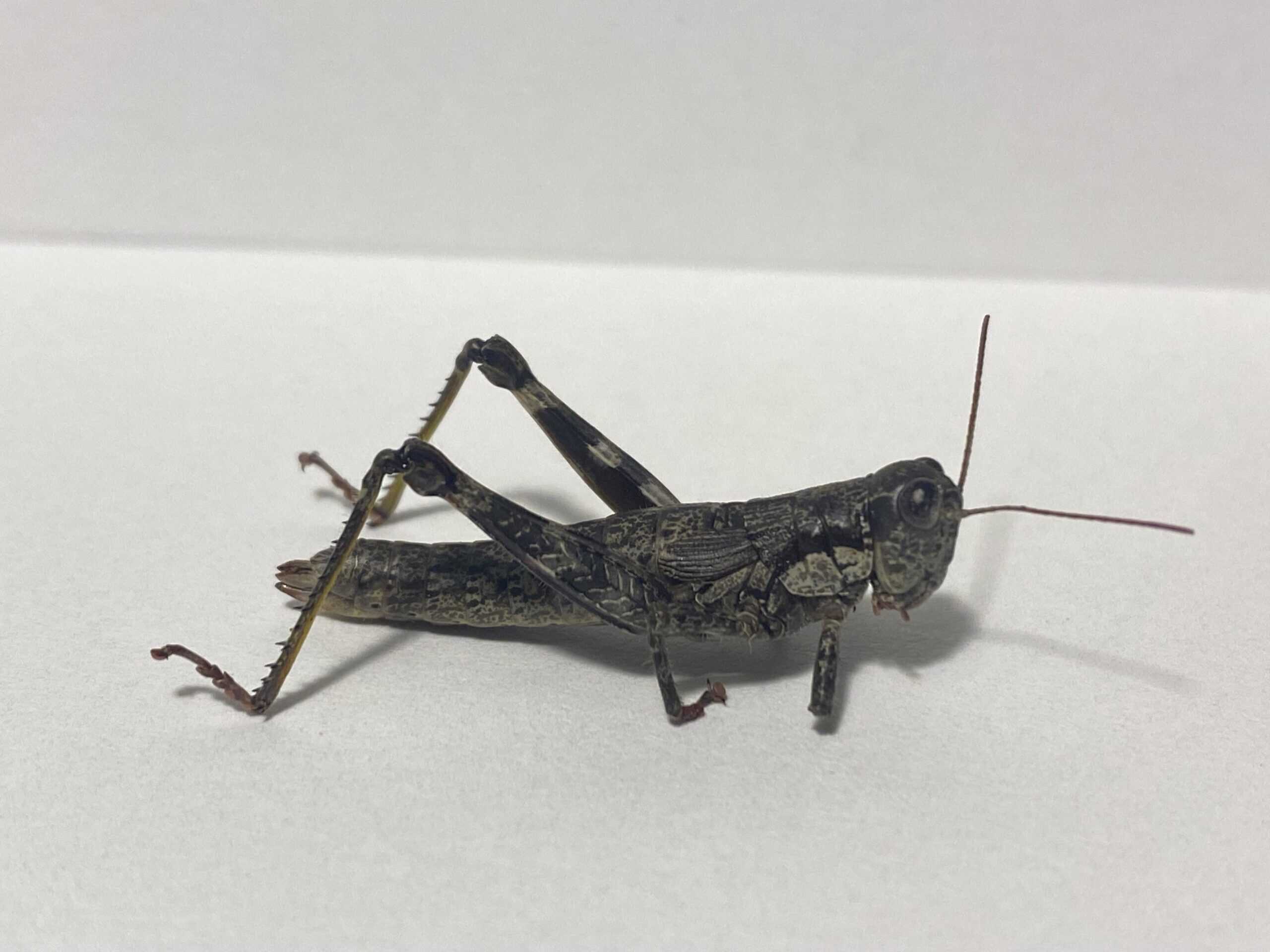Share this article
Wildlife Featured in this article
- Gopher tortoise
For translocated Florida tortoises, survival is troublingly low
Turtles moved from faraway sites actually survive better than those moved short distances
When building projects affect gopher tortoises in Florida, developers are responsible for moving the reptiles to safer locations. But those moves may not always go well for the tortoises.
Researchers found that translocated gopher tortoises—which are state listed as threatened—aren’t surviving well enough to sustain their populations at one large study site in the Florida panhandle.
An estimated 10,000 tortoises are translocated per year, with costs paid for by developers. A total of around 130,000 gopher tortoises moved around as mitigation measures since 1989.
In a study published recently in Animal Conservation, Kevin Loope, a research scientist in fish and wildlife conservation at Virginia Tech, and his colleagues tracked the survival rates of gopher tortoises translocated to Nokuse, a 55,000-acre property on the Florida Panhandle near Panama City that hosts reintroduced gopher tortoises moved as mitigation measures and conducts longleaf pine restoration and other conservation work.
From 2006 to 2022, some 2,800 adult tortoises were translocated and released on the property. Each released tortoise is uniquely marked on their shells for identification—wildlife managers on the plantation know where each came from and when it was released.

In that period, managers retrieved 503 identifiable carcasses—an indication of the tortoises’ relatively low survival numbers.
For the first five years after translocation, they only had a maximum of 93-95% yearly survival on average. While this may seem high, gopher tortoises can live for many decades, and some natural, stable populations have yearly survival rates of at least 98%, Loope said. If the 93% survival number persisted past the first five years, a population would soon be gone without additional translocations.

What factors guided tortoise survival?
The researchers believed that tortoises that were translocated from farther away would have lower survival, but the data showed this wasn’t necessarily the case.
In fact, tortoises that were translocated over 300 miles away from central Florida—between Orlando and Tampa—had the lowest relative death rate. Their death rate was half that of tortoises from any other area—including those from near Nokuse.
The researchers aren’t sure why tortoises from Central Florida survived so much better. Loope speculated that it might be that those populations have healthier genetics and are more resistant to diseases that can kill gopher tortoises.
This information is useful, Loope said, because Florida has a rule that gopher tortoises can’t be translocated as a mitigation measure more than 100 miles in latitude. The thinking was that they would have poorer outcomes if moved to areas with different climate patterns and environmental conditions. But the 100-mile rule was conservative due to lack of evidence—nobody had ever done any research to determine whether this was the safest threshold.

Density and season
The researchers also found that tortoises don’t survive as well when translocated to places in higher densities. This may be due to a higher likelihood of contracting disease when they are in closer quarters.
“Packing these tortoises in is really problematic,” Loope said.
Releasing tortoises early and late in the season also improved their survival more than releasing them in the heat of the summer.
It’s important to consider that this study was only at one translocation destination—the survival of turtles in others may vary in different ways. Loope believes that more studies like this need to be conducted to track translocated tortoise survival and shape mitigation measures for the species.
Header Image: Gopher tortoises are considered threatened by the Florida Fish and Wildlife Conservation Commission. Credit: Rebecca Cozad








